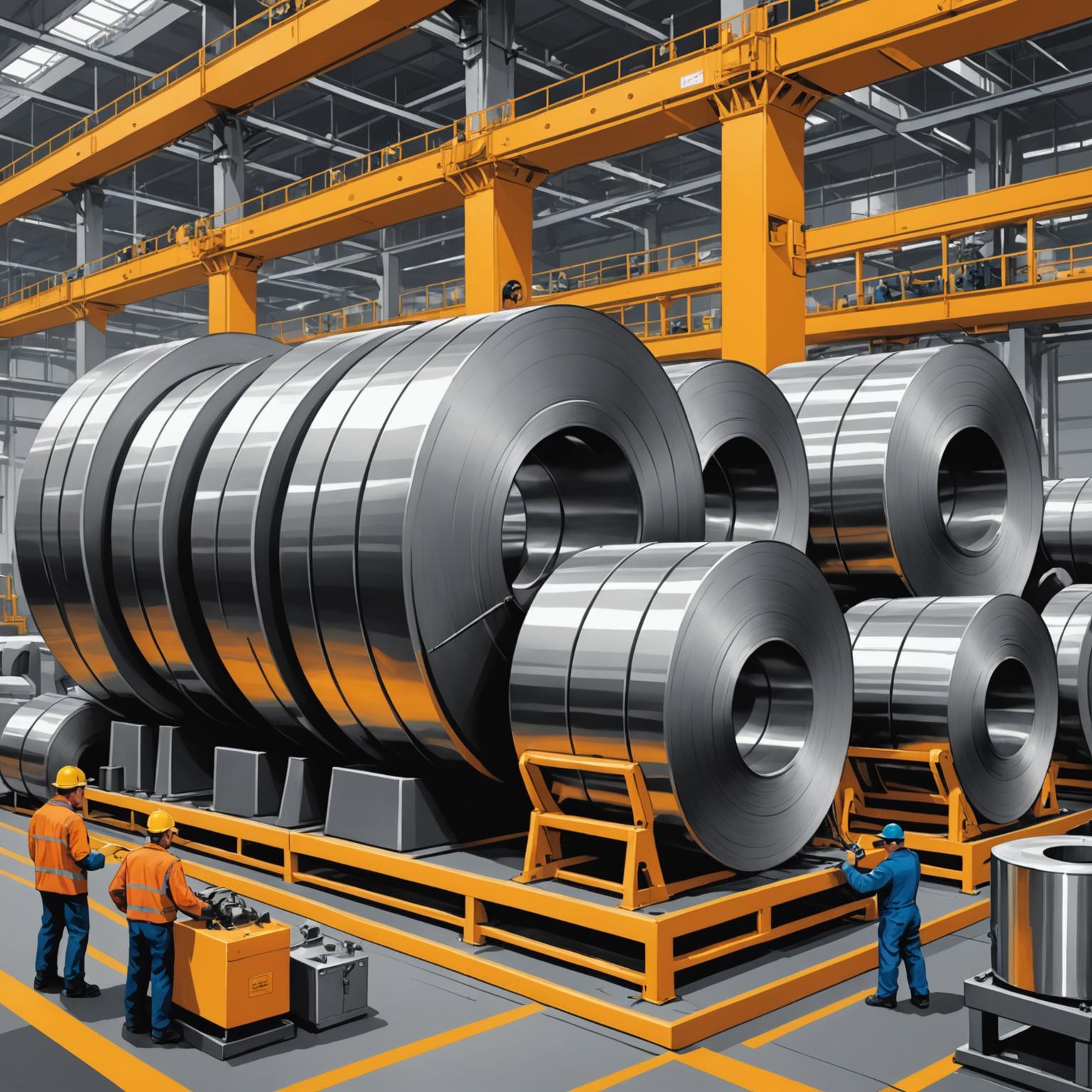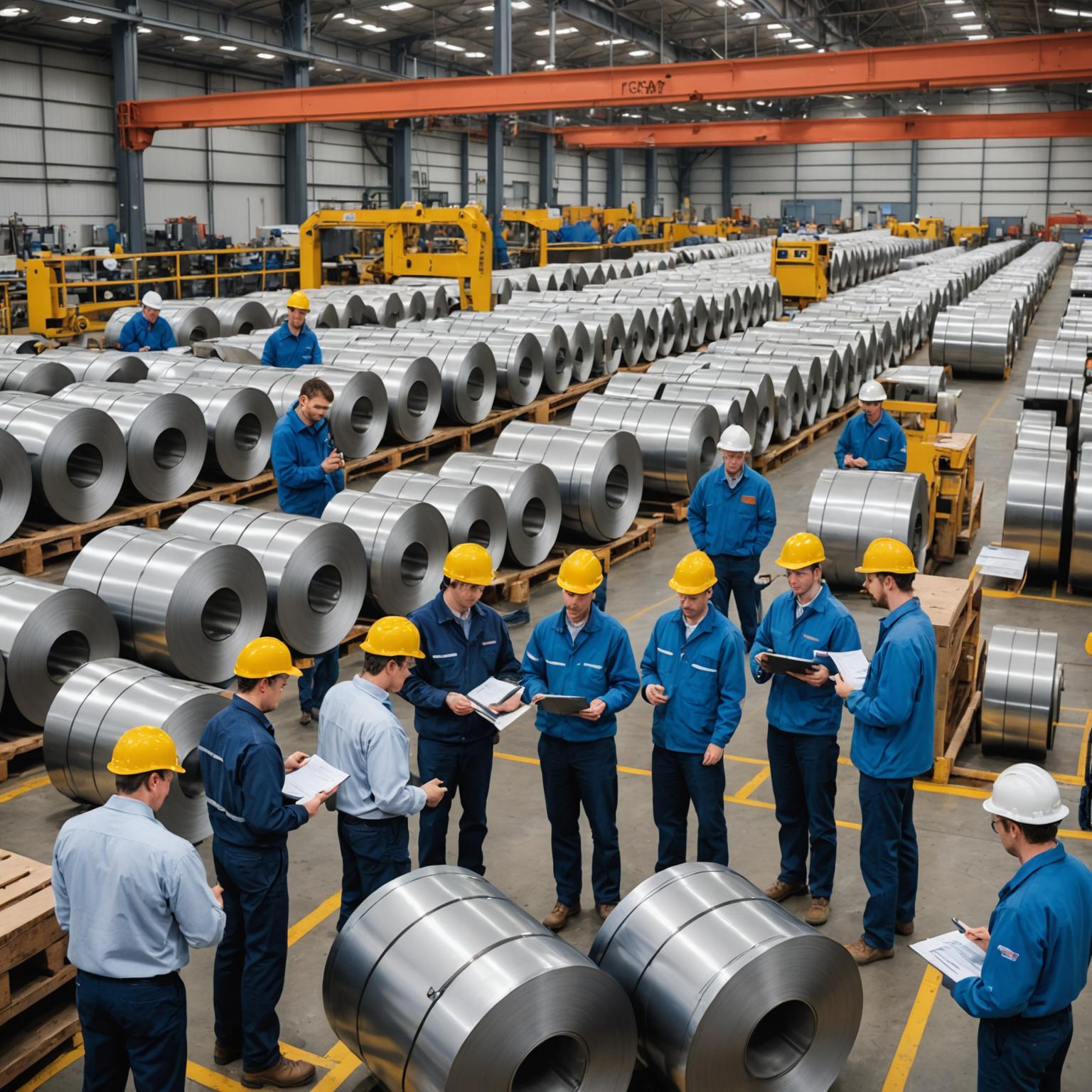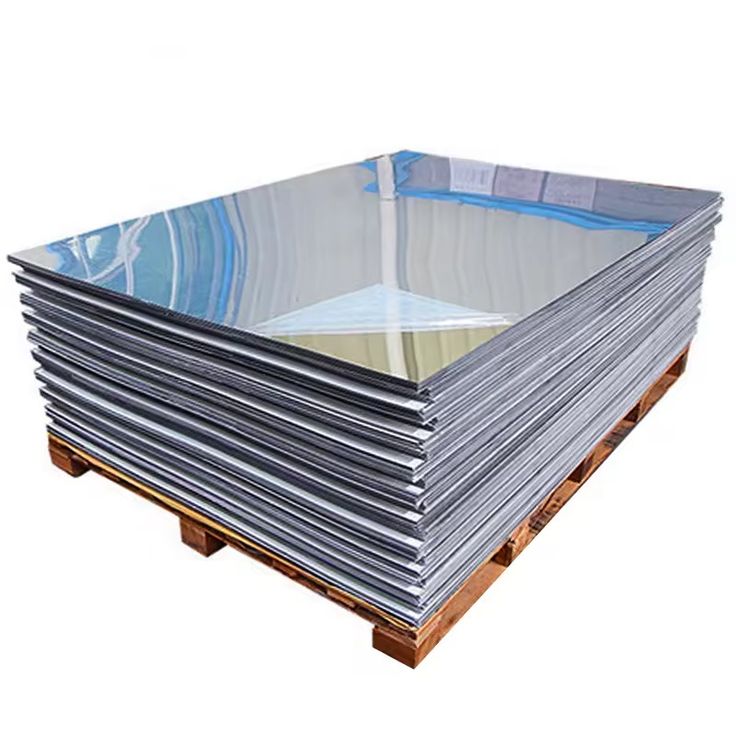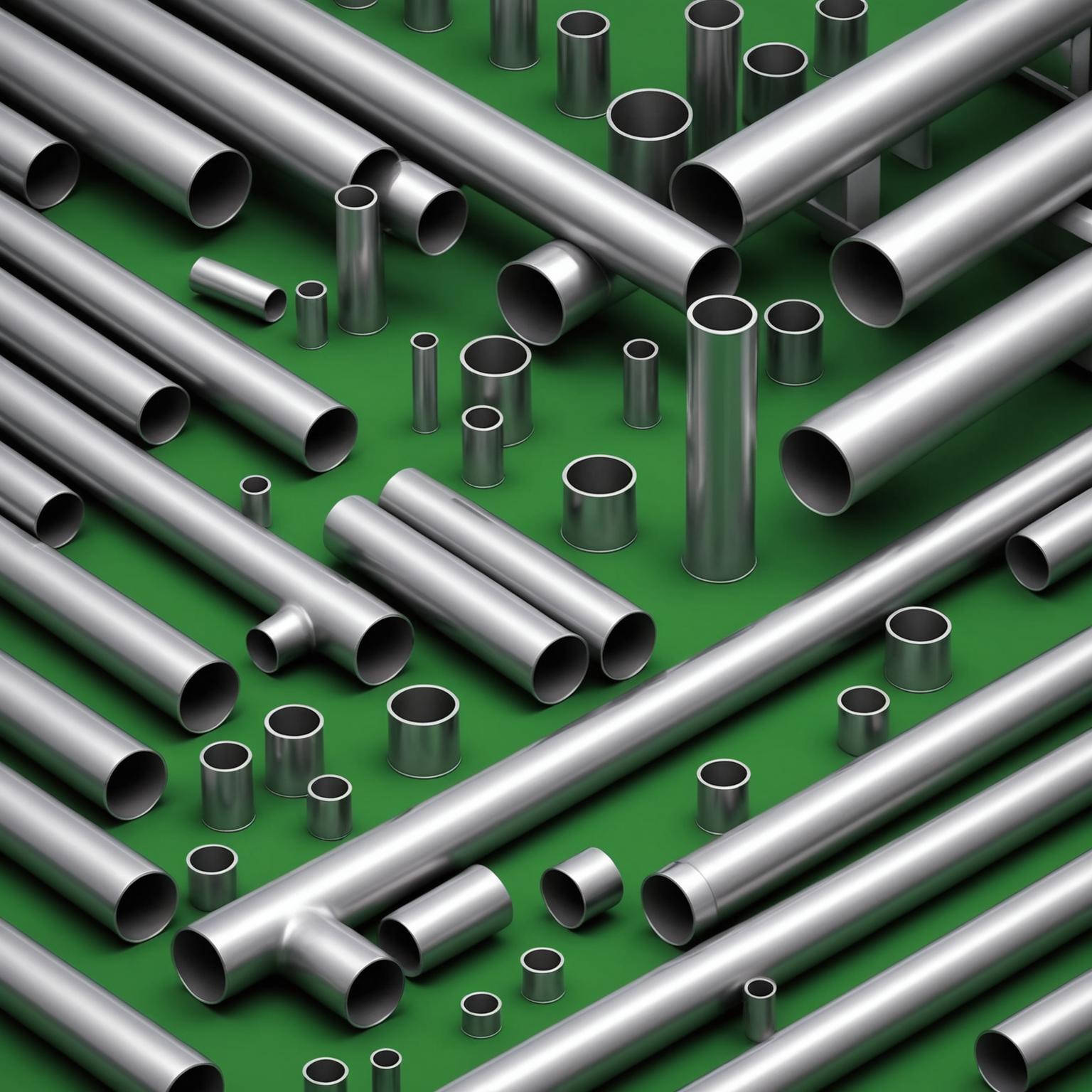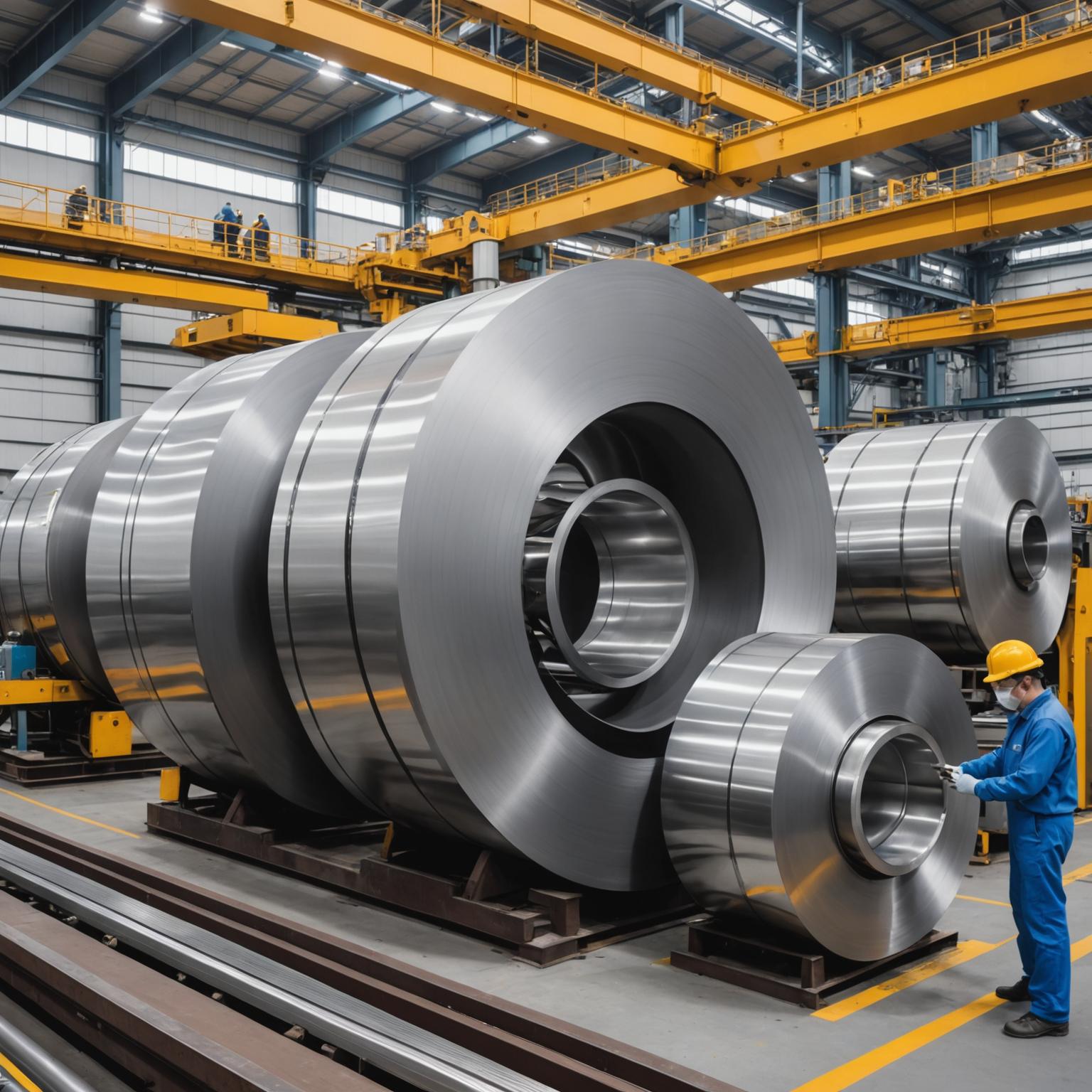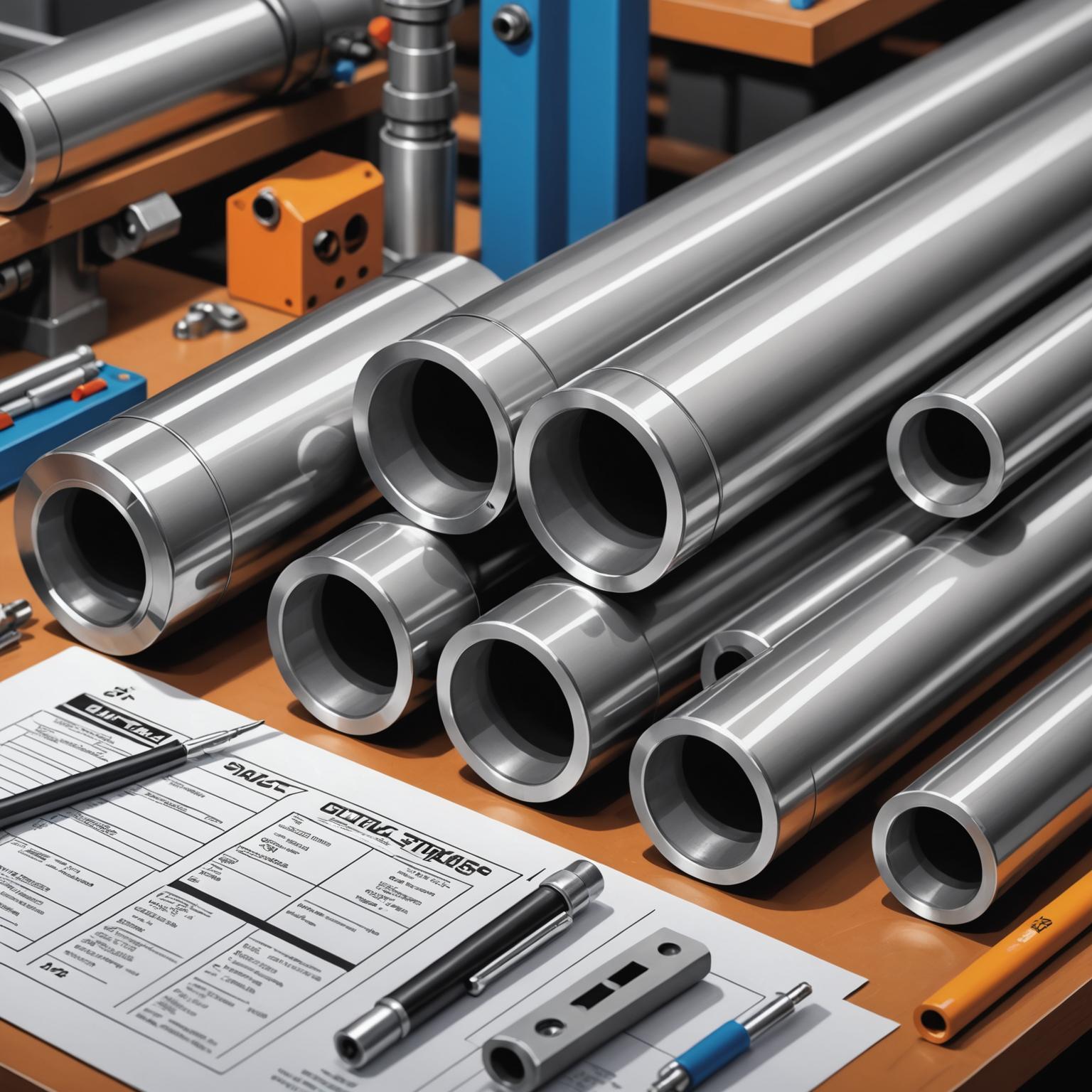The global demand for high-quality industrial materials is constantly growing, and at the forefront of this demand is the versatile and durable stainless steel pipe. For manufacturers and suppliers, this presents a significant opportunity to enter international markets. However, success hinges on a thorough understanding of the export process. Navigating the complexities of international trade can be daunting, which leads many to ask the crucial question: What are the conditions for export? This guide will walk you through the essential requirements and steps to ensure your products can be shipped worldwide smoothly and successfully.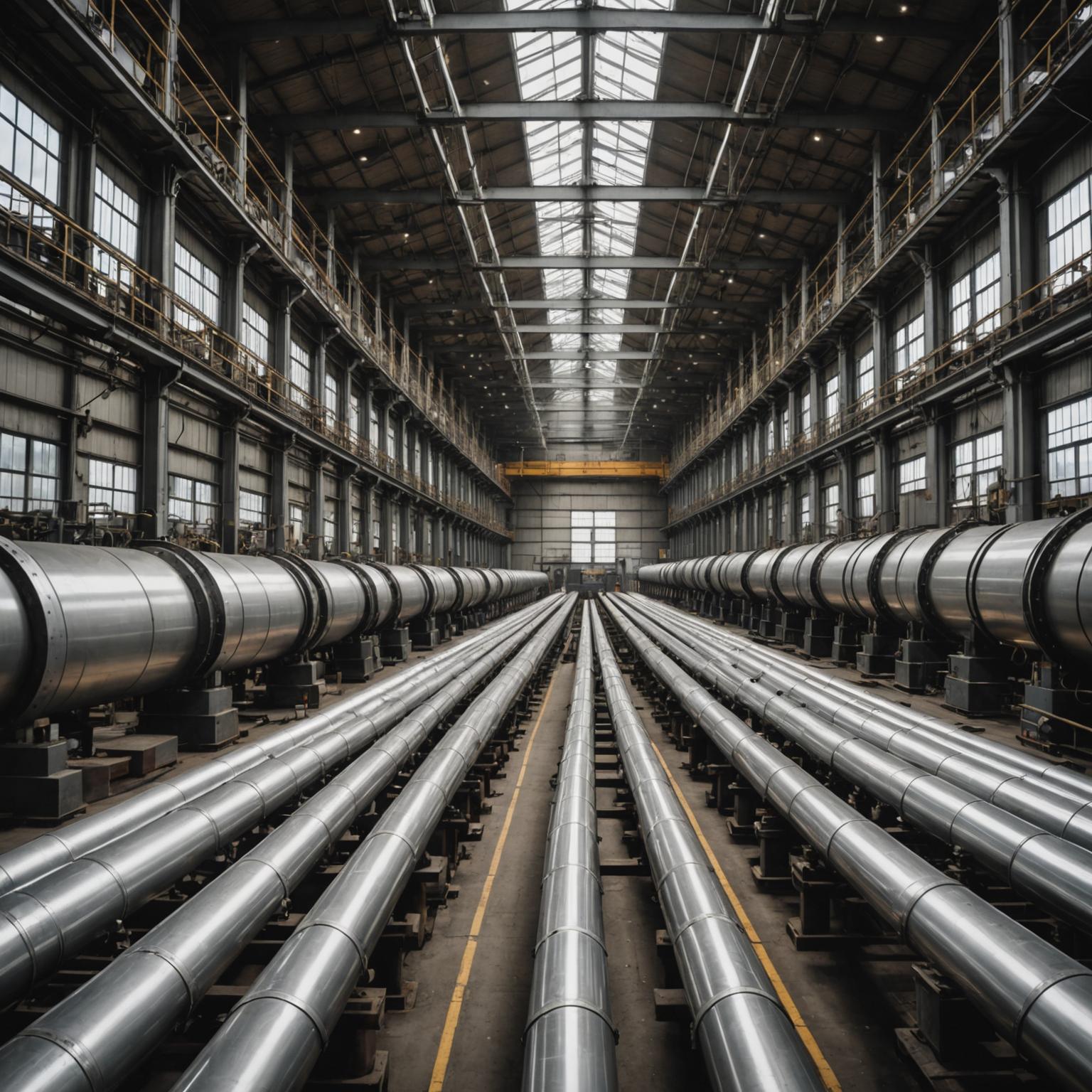
Understanding Product Classification and HS Codes
The very first step in preparing for export is correctly classifying your product. Every item traded internationally is assigned a Harmonized System (HS) code. This standardized numerical method of classifying traded products is used by customs authorities around the world to identify products when assessing duties and taxes and for gathering statistics. For stainless steel pipes, the HS code will vary based on specific characteristics such as whether they are seamless or welded, the specific alloy grade (e.g., 304, 316L), and their dimensions. Assigning the correct HS code is non-negotiable; an incorrect code can lead to significant delays, fines, or even seizure of your shipment at the port of entry. It is the foundation upon which all other export documentation and duty calculations are built, so take the time to research and confirm the precise code for your specific products.
Compliance with International Quality and Technical Standards
One of the most critical conditions for export is ensuring your products meet the quality and technical standards of the destination country. While our tubes are crafted from high-grade stainless steel with exceptional resistance to corrosion, proving this quality through certification is key. Different regions and countries adhere to different standards. For example, products destined for the United States may need to comply with ASTM (American Society for Testing and Materials) or ASME (American Society of Mechanical Engineers) standards. Exports to Europe often require adherence to EN (European Standards), while Japan uses JIS (Japanese Industrial Standards). A Mill Test Certificate (MTC) or a Material Test Report (MTR) is frequently required to accompany the shipment. This document, provided by the manufacturer, certifies the material's chemical and physical properties, confirming it meets the required specifications. Being able to provide this proof of compliance demonstrates your commitment to quality and is often a prerequisite for a successful import.
Preparing Essential Export Documentation
Proper documentation is the backbone of a successful export transaction. Failure to provide accurate and complete paperwork is one of the most common reasons for customs delays. While requirements can vary slightly by country, a standard set of documents is almost always necessary. The Commercial Invoice is a primary document that includes details about the seller, buyer, product descriptions, quantities, value, and terms of sale. The Packing List complements this by detailing the contents of each individual package, including weights and dimensions. A Certificate of Origin (CO) is used to declare the country where the goods were manufactured, which is crucial for determining eligibility for preferential tariffs under trade agreements. Finally, the Bill of Lading (for sea freight) or Air Waybill (for air freight) is the contract between the owner of the goods and the carrier, serving as a receipt and a document of title.
Navigating Customs, Tariffs, and Trade Agreements
Once your stainless steel pipe is properly classified and documented, you must consider the financial aspects of customs. Tariffs and duties are taxes imposed on imported goods, and the amount payable is determined by the product's HS code, value, and the Certificate of Origin. It is essential to understand the tariff schedule of the destination country to accurately calculate the landed cost for your buyer. Furthermore, investigate whether your country has a Free Trade Agreement (FTA) with the destination country. FTAs can significantly reduce or even eliminate tariffs, making your products more price-competitive in the target market. Leveraging these agreements can provide a substantial advantage over competitors from non-FTA countries. Consulting with a customs broker or freight forwarder can provide invaluable insight into these complex financial regulations.
Ensuring Proper Packaging and Logistics for Safe Transit
The journey for your product doesn't end at the factory door. Protecting your high-quality tubes during transit is paramount. International shipping exposes cargo to harsh conditions, including moisture, temperature fluctuations, and rough handling. Proper packaging is essential to prevent corrosion, bending, or surface damage. Common methods for pipes include bundling them securely with steel straps, protecting the ends with plastic caps, and wrapping them in waterproof materials. For higher-value or sensitive orders, building custom wooden crates provides maximum protection. Choosing a reliable freight forwarder with experience in handling industrial materials is equally important. They will manage the logistics, book the transportation, and help ensure that your cargo travels safely and efficiently from your facility to your international customer, arriving in the same pristine condition it left in.
Partnering for Successful Export
Exporting industrial products is a detailed process that demands careful planning and adherence to international regulations. From correctly classifying your goods and meeting rigorous quality standards to preparing flawless documentation and ensuring safe transit, each step is vital. While these conditions for export may seem extensive, they are entirely manageable with the right knowledge and partners. Working with a manufacturer who understands the nuances of global trade and produces a superior, export-ready stainless steel pipe can simplify the entire journey. By ensuring compliance and quality at every stage, you can confidently expand your reach and deliver excellence to customers around the world.



